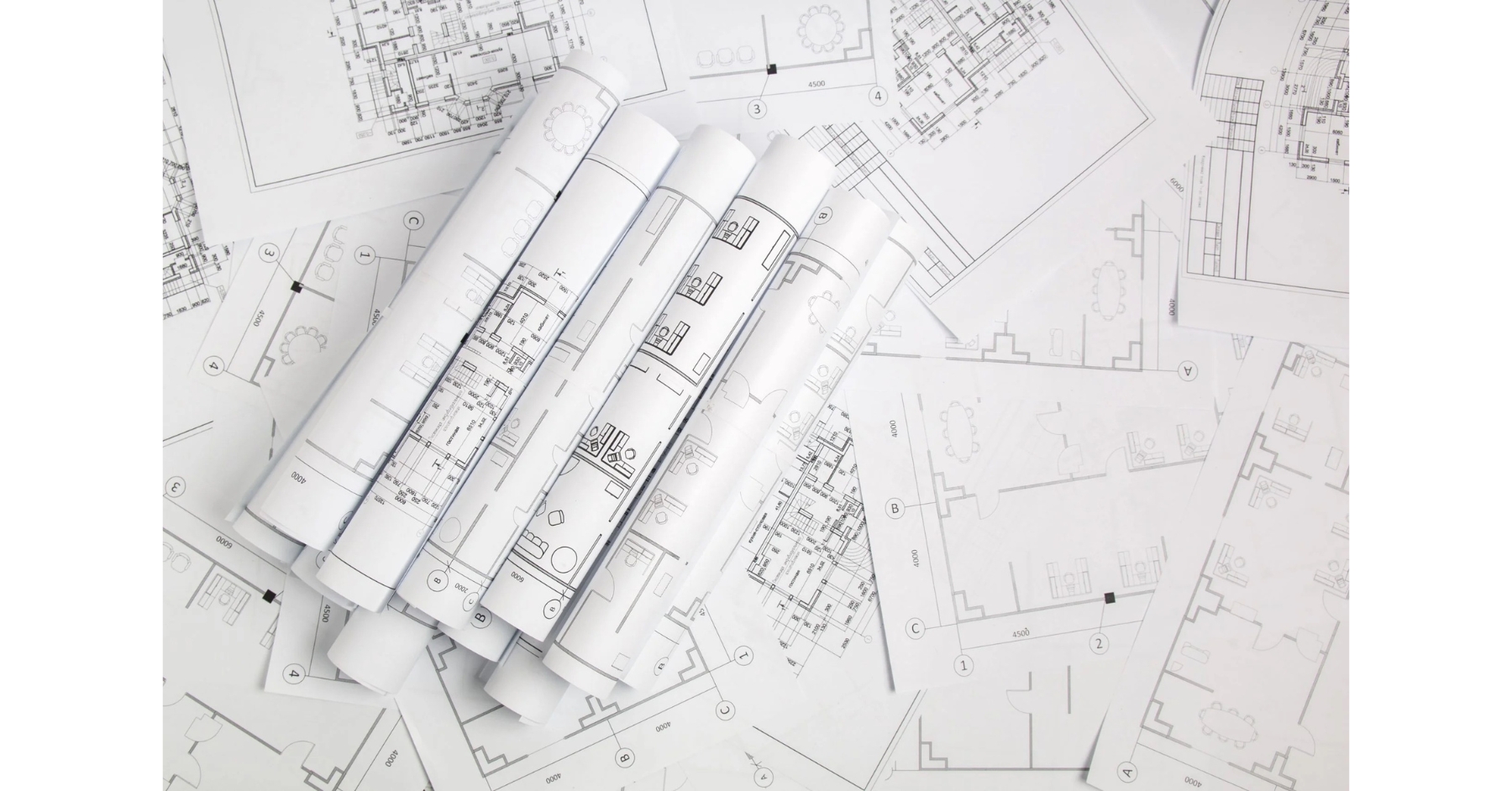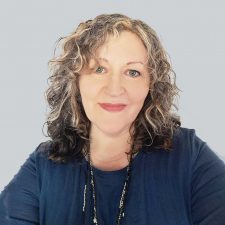So, you’ve decided to ask the experts for help with an upcoming lighting project. What a bright idea!
Developing the designs for a lighting project should be a collaborative process. You can either tell us your ideas or the problems lighting is causing on your project, and we can work together to find the best solutions based on your specific considerations or the local authority you are trying to satisfy. So, whilst you can count on us for technical knowledge (after all, we’re the experts), the more you tell us, the more accurately we can deliver the solutions you want.
Ergo, if you want the best quote, tell us how it is!
THE WHO, WHAT, WHEN, WHERE AND WHY
Having the basics of your project ‘down to a T’ goes a long way in ensuring we start as we mean to go on.
We’re letting you in on a secret here, but we recommend beginning with the roots of the scheme. Ask yourself, ‘Why are we lighting this area?’ or, in other words, ‘What are we looking to achieve?’. Clear objectives can help us ensure we’re only lighting the areas that need to be lit, using the right light, in the right place, at the right time.
So, give it to us straight! What’s the problem you want to solve?
Do you want a showpiece lighting scheme that the planners will understand and approve? A fuss-free street lighting design to be accepted by the local authority? Or perhaps a simple lighting installation that won’t prompt lots of questions from planners or cost you the earth?
With all that out the way, we can get into the finer details we’ll need to know to provide a clear, accurate quote for your new lighting project.
Map it all out
One of the most important things to know about your lighting project is the extent of the scheme. We’re not just talking about its general location but also its parameters, like the specific roads on which the lights need to be installed. It doesn’t have to be a masterpiece, but a drawing showing the roads or areas that require lighting will help us identify potential obstacles or risks. Even a boundary plan is enough sometimes — we just need the red lines drawn.
Assess your environmental contexts
Speaking of risks, we’ll need to know a bit about who (or what) is living in the area around your proposed lighting project. When installing lights opposite a residential area or nearby light-sensitive wildlife like bats, extra precautions must be taken to minimise disruption — and there are often specific lighting standards and regulations to adhere to.
Sometimes, it’s as simple as pointing us in the direction of your ecologist if you know it’s an ecologically sensitive area — we’ll then do the rest. Or if the site is approved and it’s reserved matters that need signing off, just send us the condition and we’ll make sure our proposal seeks to discharge it in one go.
Check who’s in charge
We don’t just need to know who we’ll encounter at the site of the lighting project but also who calls the shots throughout the development process. For example, do we need to get the approval of a local authority or is this a private lighting design? It makes a big difference, so we need to know.
A public body or local authority will typically have different priorities to a private lighting scheme —especially in highway lighting where there’s a separate sub-set of questions regarding power to the lights. We can almost always design it, but it’ll cost. So, letting us know who the owner is from the get-go will make sure there are no hidden fees at the end of the project. A small amount of time spent on this now could lead to lots of savings later.
Don’t miss your deadline
Different ownership can also mean different timescales. And though some can wait (you can’t rush perfection!), others must meet fixed time constraints. It’s vital to know how much time you have to play with, especially as so many street lighting projects include made-to-order components. So, make sure your contractor has the lead time to order materials to prevent delays. The earlier we start working together, the better!
Give us a starting point
In order to do our thing, we need you to do one thing. Send us a CAD (computer aided design) drawing — the software most PDF drawings are created from — and we can do the tricky calculations and measure where the light’s being spread.
We’ll also need to know where all the underground and overground services are so that we can put our columns near where the existing power is. It might seem obvious, but with that information, we can save you a lot of money (more than you’ll even spend on our services) — something that a free design won’t consider.
We know that’s a lot, so let’s keep it to the rule of three. The basics we need to give you a good quote are:
- A scheme extents drawing
- A CAD drawing
- An instruction as to who is responsible for approving our design, like the local authority or planning department
THAT BEING SAID…
We love a challenge. Our team is always happy to help you work out the details of your lighting project or answer more complex design-related questions — whatever gets you the highest-quality, most cost-effective design scheme for the job. Just let us know what you’re missing, and we’ll fill you in!
DFL provides services for a range of lighting schemes, including those equipped with smart technology and used within highway electricals and electric vehicle charging solutions. To get in touch about how we can help with your project, call +44 (0)1962 855080 or email info@dfl-uk.com.























